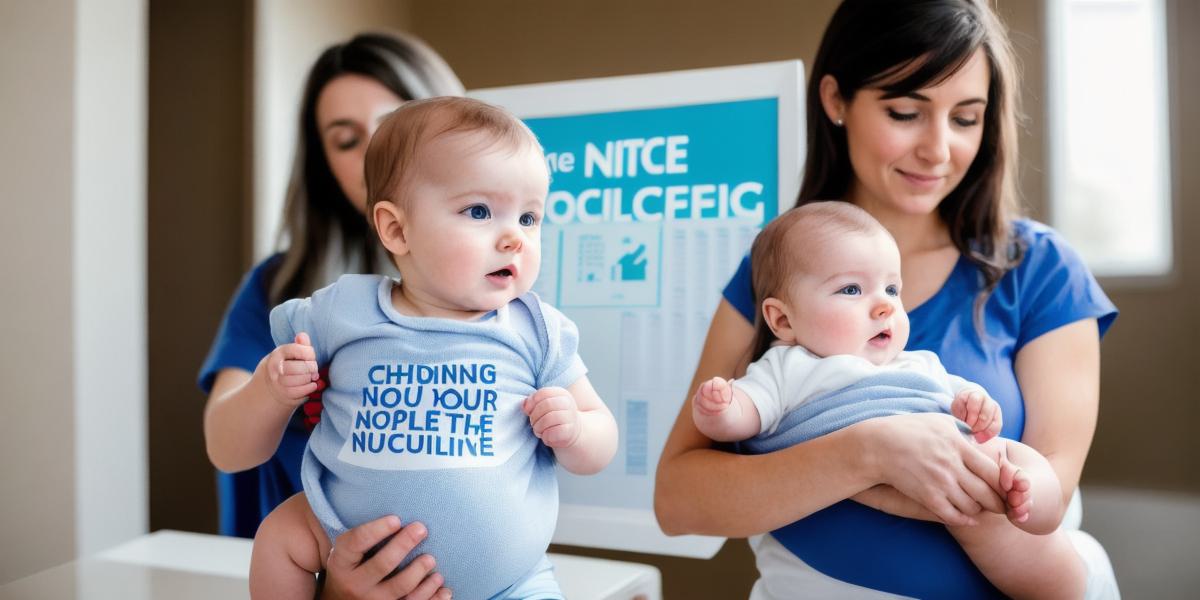Vaccines are one of the most important tools we have in our arsenal for preventing infectious diseases. They work by introducing a weakened or dead version of the virus into our bodies, which triggers an immune response that prepares us to fight off the actual disease if we encounter it in the future. However, despite their proven effectiveness and safety, there are still many people who choose not to vaccinate themselves or their children. In this article, we will explore the potential consequences and expenses associated with choosing not to vaccinate.
The Risks of Not Vaccinating
One of the most significant risks associated with not vaccinating is the increased likelihood of contracting a serious infectious disease. Without immunity, people who are not vaccinated are more susceptible to diseases like measles, polio, and meningitis, which can be life-threatening in some cases. In addition, unvaccinated individuals can also spread the disease to others, putting others at risk as well.
Another risk associated with not vaccinating is the potential for long-term health complications. For example, individuals who are not vaccinated against hepatitis B may be at an increased risk of developing liver cancer later in life. Similarly, unvaccinated individuals may be more likely to develop shingles or other diseases that can cause chronic pain and discomfort.
The Costs of Not Vaccinating

In addition to the potential health risks associated with not vaccinating, there are also significant financial costs to consider. The cost of treating infectious diseases can be quite high, particularly for serious cases that require hospitalization or other medical interventions. In some cases, these costs can even reach into the hundreds of thousands of dollars, which can be a significant financial burden on individuals and families.
In addition to the direct costs associated with treatment, there are also indirect costs to consider. For example, when an infectious disease spreads through a community, it can lead to increased healthcare costs for everyone involved, as well as lost productivity due to sick days and other absences. In some cases, these indirect costs can be quite significant, particularly in areas with high levels of population density.
Case Studies and Personal Experiences
One of the best ways to understand the potential consequences and expenses associated with not vaccinating is to look at real-life examples. For instance, a recent outbreak of measles in California highlighted the dangers of not vaccinating, particularly for children who are too young to receive certain vaccines. In this case, over 280 people were infected with measles, including 130 children, many of whom had to be hospitalized.
Similarly, a personal experience shared by one of our readers illustrates the financial costs associated with not vaccinating. They described how their unvaccinated daughter contracted chickenpox, which required a costly hospital stay and left them with thousands of dollars in medical bills. In this case, had the daughter been vaccinated, the family may have avoided these expenses entirely.
Expert Opinions and Research
To better understand the potential consequences and expenses associated with not vaccinating, it’s important to hear from experts in the field. According to the Centers for Disease Control and Prevention (CDC), "Vaccines are safe and effective at preventing serious diseases." The CDC also notes that unvaccinated individuals are more likely to contract infectious diseases and can spread those diseases to others, potentially causing outbreaks.



